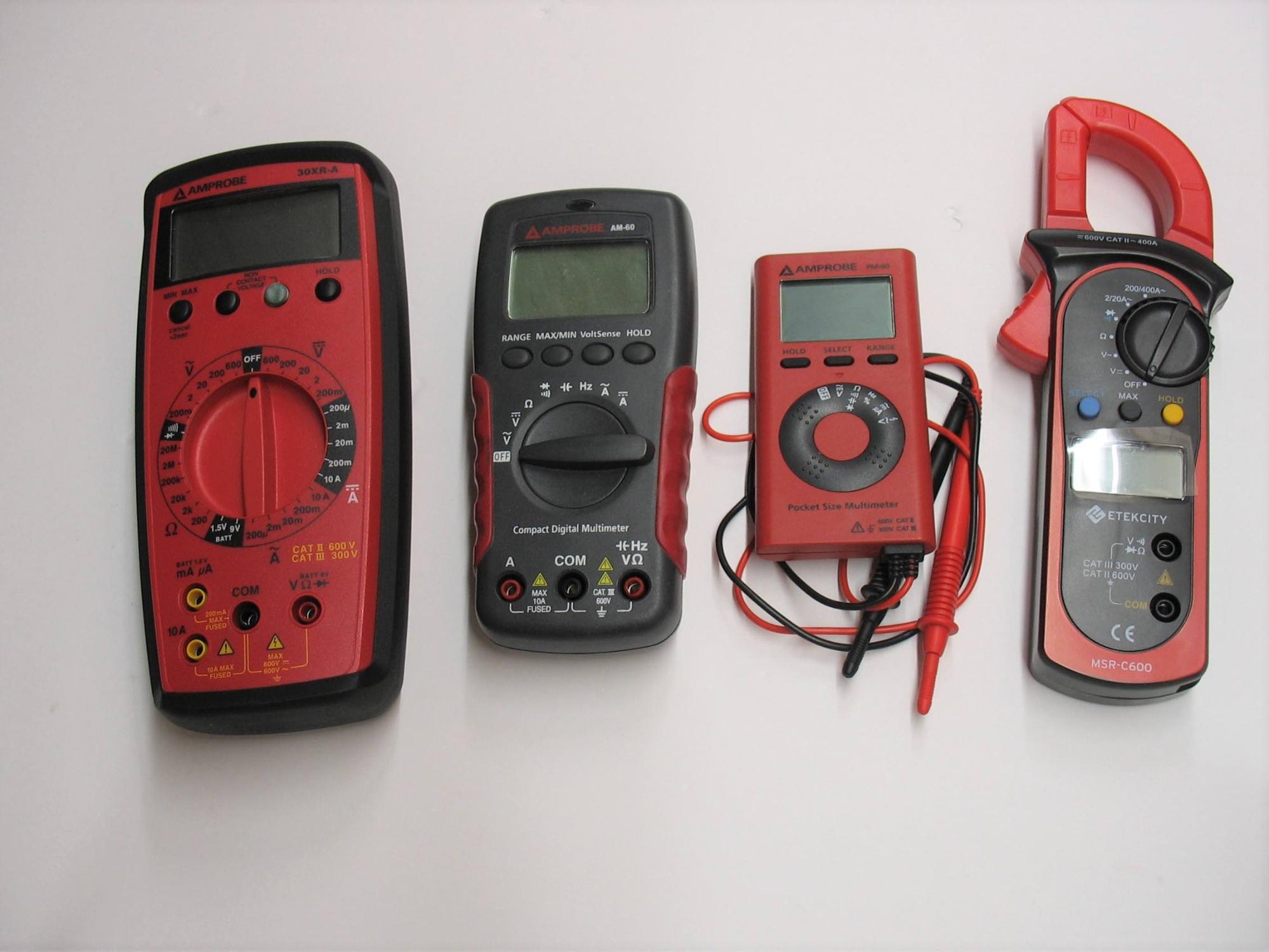Understanding the Different Types of Multimeters
Recognizing the value of a multimeter is a great first step. It’s important to know why a meter may help to save time during design and troubleshooting, and therefore save money. Just as important is the next step of understanding the wide assortment of meters, and the unique situations in which each one may prove … Read more










